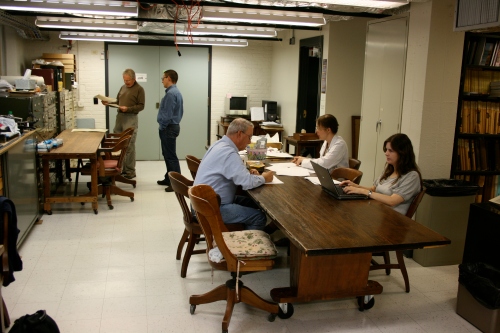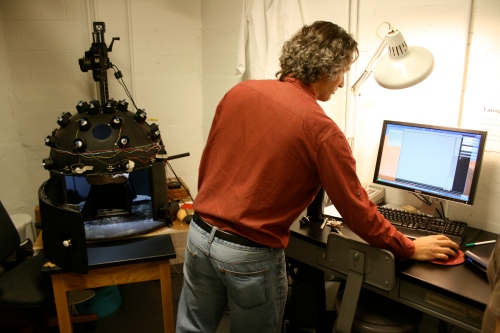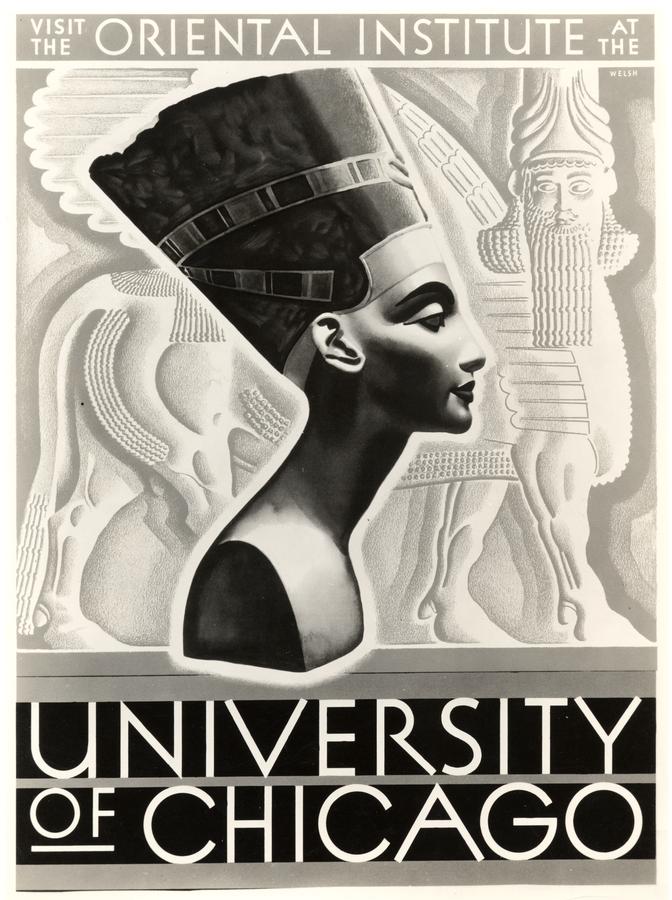They recently made a visit to Chicago to examine the Nubian material at the Oriental Institute:
People of Nubia in Chicago
September 21, 2011
The return from U.S.A. to Norway signifies the close of this trilogy of entries concerning Chicago and Nubian topics. This last part will naturally concentrate to the people who are involved in Nubian Studies in Chicago.
Obviously the headquarters of such studies are based at the Oriental Institute of the University of Chicago, and inevitably if one wishes to study the material kept there from the Oriental Institute Nubian Expedition one has the honor and pleasure to work with Helen McDonald’s team in the Registration department, always willing to facilitate the progress of the work; and with Laura D’Alessandro’s team in the Conservation lab who will tirelessly search for the optimal methods to enhance the researchers’ contact and apprehension of the objects under study. Through Laura we also came in contact with Miller Prosser from the Persepolis Fortification Archive who offered us wholeheartedly some of his precious time and the experience of sharing the equipment he is using in his job aiming at facilitating the work of the scholars who study the inscriptional material from Persepolis.
Interestingly, Nubia in the Oriental Institute is not at all the isolated discipline that it quite often appears to be in the framework of the International Society for Nubian Studies. In Chicago, Nubia, from the most ancient times through the Middle Ages, finds its place aside the great civilizations of the Near and Middle East: as part of the world system of the Bronze Age states; as a periphery of Pharaonic Egypt; as an independent Empire (Kushitic, Napatan, and Meroitic) inherently linked with the civilizations of the Classical era; as part of Eastern Christianity of the Middle Ages. The halls of the museum exemplify these tendencies, while the library and the archives offer almost anything one may need to find in order to deepen in related research. The help of the head of the Archives, Foy Scalf, facilitates the procedures tremendously and always with a smile!
Read the rest here. And read their other blog entries from their visit to Chicago: Land and Water in Chicago and Nubian Studies in Chicago







 Stumble It!
Stumble It!


1 comment:
Thank you for the reference, but it should be noted that the project of which one member of the Greek-Norwegian Mission is a member, is in fact a project directed by the President of the Kazimierz Michalowski Foundation, the man depicted next to Bruce Williams in the first photo you used, namely Dr. Artur Obluski. Thank you once again.
Post a Comment